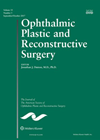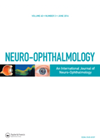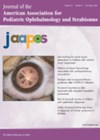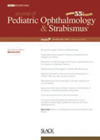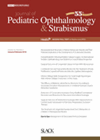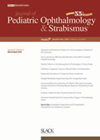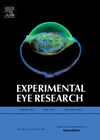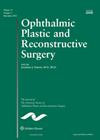You searched for "ptosis"
Orbital cavernous haemangiomas
This is a review of orbital cavernous haemangiomas (orbital cavernous venous malformations) managed over a 12-year period at a tertiary referral centre. Painless proptosis was the commonest presentation. One hundred and sixty-four patients (96 female and 68 male) underwent surgery...Long-term use of botulinum toxin for hemifacial spasm and blepharospasm
1 February 2022
| Claire Howard
|
EYE - Neuro-ophthalmology
|
Botulinum neurotoxin, benign essential blepharospasm, hemifacial spasm, tolerance
The authors conducted a retrospective review of clinical / procedure documentation for consecutive blepharospasm (BEB) and hemifacial spasm (HFS) patients undergoing treatment with onabotulinum toxin A (Botox) in one clinic setting over the past 20 years. They report on the...
Retrospective safety assessment of apraclonidine for diagnosis of Horner’s syndrome in children
Apraclonidine has been shown to reverse the anisocoria in Horner’s syndrome, with some reports of partial ptosis resolution. Side-effects of apraclonidine have been reported especially in children under six months old. The authors present a retrospective safety study of using...Outcomes of adult new-onset strabismus presenting acutely
This study evaluated causes, neuroimaging rates and results, and clinical courses of adults presenting to an ophthalmology emergency department with diagnosis of new-onset strabismus. This was a retrospective study of 557 adults (54.8% male) with mean age of 57.3 ±16.7...BT outcomes under open versus closed sky technique
This retrospective study compared open versus closed sky BT injection techniques without electromyography (EMG) control in 135 patients (31 open sky and 104 closed). Patients were aged 1-50 years for open sky and 2-34 years for closed. There was a...Causes and outcomes of eyelid lacerations
The purpose of this study was to characterise the epidemiology of paediatric eyelid lacerations, identify risk factors for canalicular involvement and describe postoperative complications after surgical repair. This was a retrospective review of tertiary care trauma centre records in which...BT as a diagnostic tool in Duane’s retraction syndrome
This study evaluated the effects of botulinum-toxin (BT) on management of Duane’s retraction syndrome along with how BT can be used diagnostically to help with patient expectations and decide management. Functional and psychosocial impact of BT effect was evaluated in...Features of branchio-oculo-facial syndrome
Branchio-oculo-facial (BOF) syndrome is an autosomal dominant inherited syndrome that typically presents with branchial cleft sinus defects, ocular anomalies and dysmorphic facial appearance. The authors present a new case alongside the results of a literature review describing the common genetic...Causes of abnormal head postures – literature review
Yadegari reports a narrative literature review for abnormal head postures (AHPs) with discussion on different causes. This review summarises the control of a normal head posture before discussing differences of ocular vs non-ocular AHPs. Ocular AHPs may be adopted to...PD-1 and retinal ganglion cell death
1 February 2016
| Graham Wallace
|
Apoptosis, Large retinal ganglion cells, Neuroprotection, Optic nerve crush, Programmed cell death-1
Death of retinal ganglion cells (RGC) in conditions like glaucoma leads to permanent visual loss. RGC death can be due to the initial stress such as raised intraocular pressure or secondary to mechanism such as oxidative stress. Programmed cell death-1...
Upper eyelid ulceration as a presenting sign of frontal sinus mucocele
3 October 2022
| Mustafa Al-Hashimi, Ranad Maswadi, Bijan Beigi
|
EYE - General
Introduction A sinus mucocele is an epithelium-lined sac filled with mucus and desquamated epithelium. It forms secondary to inflammatory processes that occur in a sinus with an obstructed ostium. Predisposing conditions include previous trauma, surgery, tumours, anatomical abnormalities, and chronic...
Cavernous sinus thrombosis and orbital cellulitis
1 August 2019
| James Hsuan
|
EYE - Neuro-ophthalmology
This is a report of six cases of combined orbital cellulitis and infective cavernous sinus thrombosis, with a literature review. The average age was 39 years, four were male and two were intravenous drug users. All had sinusitis, usually involving...

